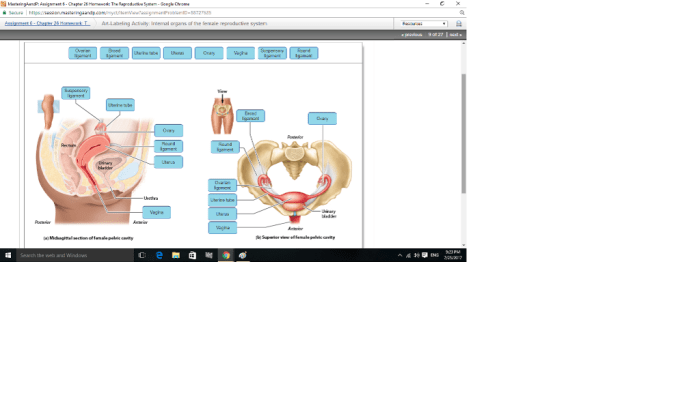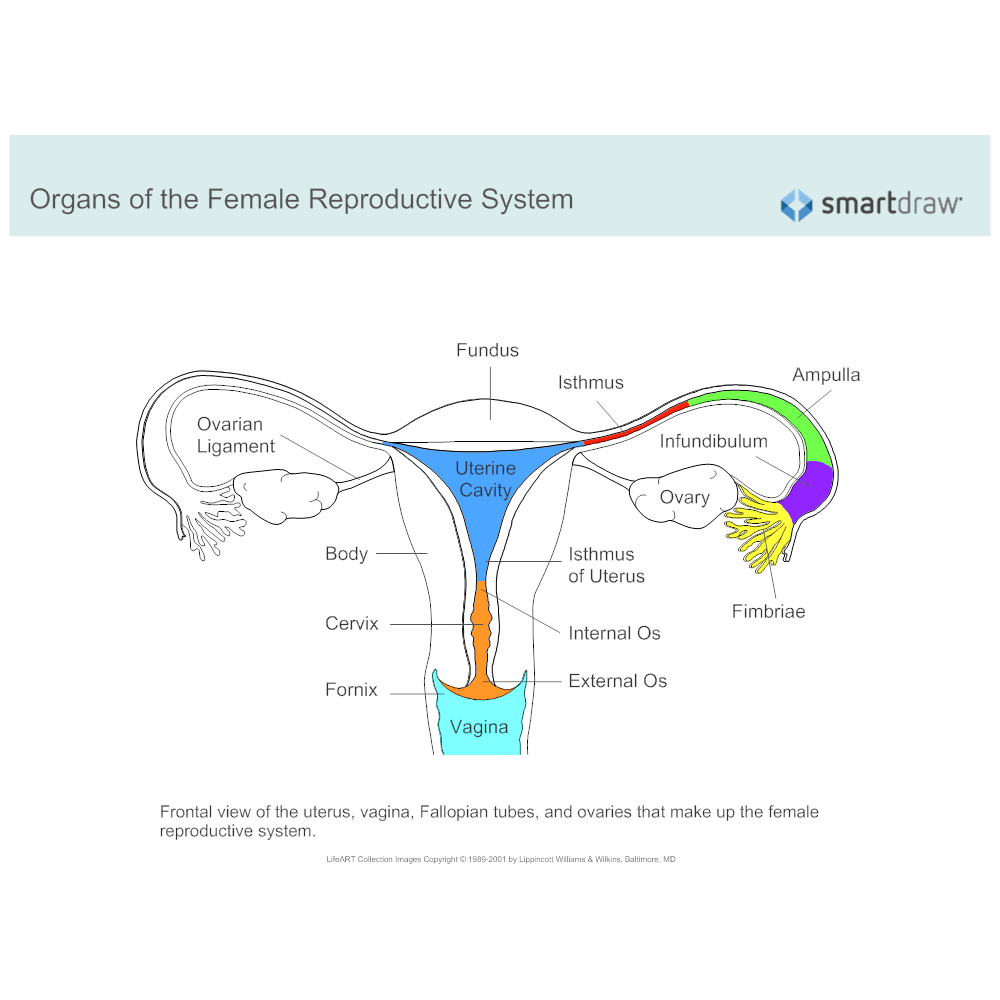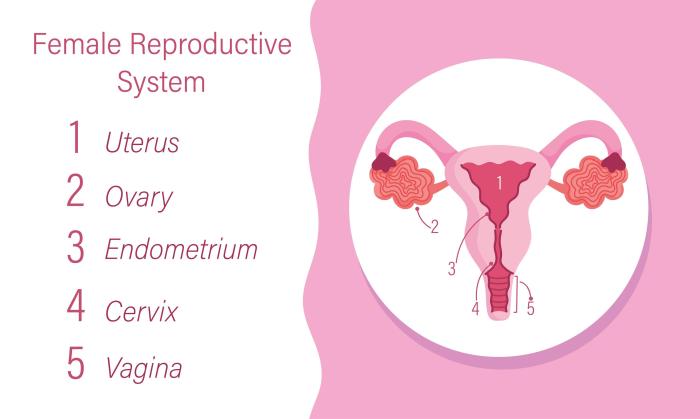Art labeling activity internal organs of the female reproductive system – Embark on an enlightening journey with our art labeling activity, where you’ll explore the intricacies of the female reproductive system. This engaging endeavor not only fosters artistic expression but also deepens your understanding of human anatomy.
Delve into the wonders of this vital system, identifying and labeling its key components. Discover the functions and interconnections of each organ, gaining a comprehensive perspective on reproductive health and biology.
Art Labeling Activity for Internal Organs of the Female Reproductive System

The art labeling activity for internal organs of the female reproductive system is a valuable tool for students to enhance their understanding of female anatomy. It allows them to visualize and label the organs, gaining a deeper comprehension of their structure and functions.
This activity is suitable for students in health sciences, biology, or anatomy and physiology courses. The learning objectives include:
- Identifying and labeling the major internal organs of the female reproductive system.
- Describing the functions of each organ.
- Understanding the relationships between the organs and their roles in the reproductive process.
Materials and Resources
To conduct the art labeling activity, the following materials are required:
- Anatomical charts or diagrams of the female reproductive system.
- Labeling tools, such as colored pencils, markers, or sticky notes.
- Access to technology, such as virtual anatomy platforms or interactive simulations (optional).
Technology can enhance the activity by providing interactive and immersive learning experiences. Virtual anatomy platforms allow students to explore the reproductive system in 3D, rotate and zoom in on organs, and view anatomical layers.
Activity Procedure
The activity procedure involves the following steps:
- Students observe and identify the internal organs of the female reproductive system in the provided anatomical charts or models.
- Using the labeling tools, students accurately label the organs with their corresponding names.
- Students describe the functions of each organ and discuss their relationships with other organs in the reproductive system.
Assessment and Evaluation, Art labeling activity internal organs of the female reproductive system
To assess student understanding, various methods can be employed:
- Quizzes: Students complete quizzes that test their knowledge of the organ names, functions, and relationships.
- Presentations: Students prepare and present oral presentations on specific organs or the overall reproductive system.
- Written reports: Students submit written reports that summarize their findings and demonstrate their understanding of the activity.
Criteria for evaluating student responses include accuracy, completeness, and clarity.
Extension Activities
To reinforce learning, the following extension activities can be assigned:
- Create 3D models of the female reproductive system using clay, papier-mâché, or other materials.
- Conduct research on specific organs or conditions related to the female reproductive system and present their findings to the class.
- Participate in online forums or discussions about reproductive health and share their knowledge with peers.
Top FAQs: Art Labeling Activity Internal Organs Of The Female Reproductive System
What is the purpose of this art labeling activity?
This activity aims to enhance your understanding of the female reproductive system’s anatomy and functions.
Who is this activity designed for?
This activity is suitable for students, healthcare professionals, or anyone interested in gaining a deeper knowledge of the female reproductive system.
How can I assess my understanding after completing this activity?
You can assess your understanding through quizzes, presentations, or written reports, focusing on the accuracy, completeness, and clarity of your responses.


